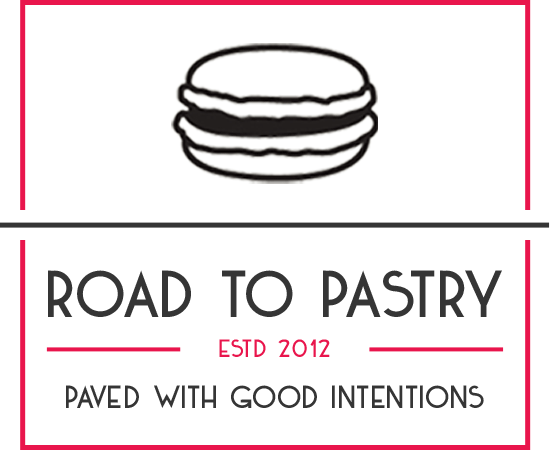Savarins
One of the basic products that you can find in a “respectable” pastry shop is the savarin, which is as rich in history as it is in butter and alcohol. 🙂
- What is a savarin???
- What is the difference between a savarin and a baba?
- How was the savarin invented? What is the origin of the name baba?
- What is particular in the recipe of savarins/babas?
- How should the savarin be soaked and filled?
What is a savarin???
The savarin is a type of dough that basically comes out of the oven as a very dry brioche. To make it edible, the savarin is then soaked in a flavoured syrup and optionally served with cream and fruits. And it becomes amazing!
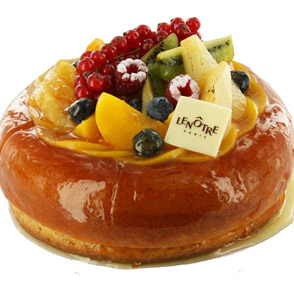
(source: Lenôtre)
What is the difference between a savarin and a baba?
Traditionally if the dough is shaped like a donut, the final product is called “savarin”; if the shape resembles a champagne cork, it’s called “baba“.
How was the savarin invented? What is the origin of the name baba?
This is one of the classical cases where a baking mistake is rectified at the last minute and turns out to be a major breakthrough in pastry, or at least that’s what the legend says…

In the 18th century, the chef of Stanislas Leszczynski, exiled king of Poland, had accidentally made a very dry, tasteless Gugelhupf (Kouglof) for a dinner. Being very upset for this, not only did the king refuse to eat the dessert, but he also threw it away in anger.
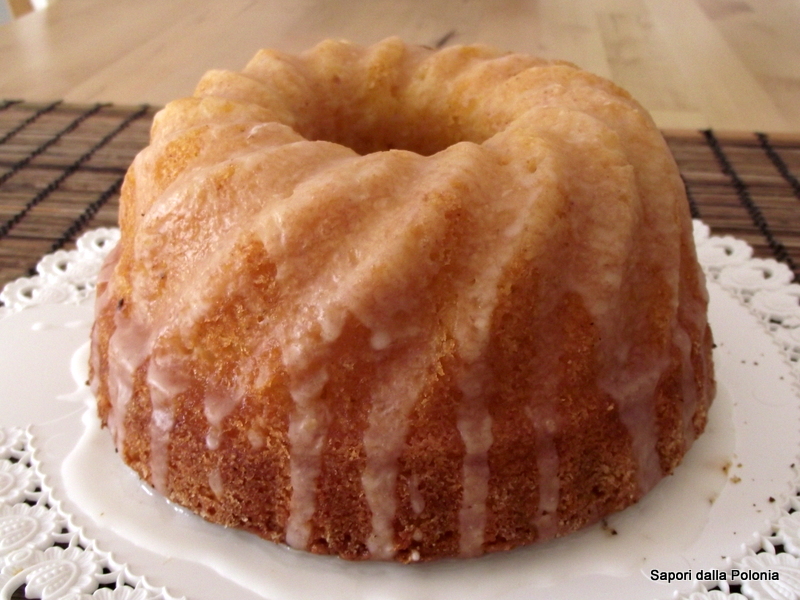
(source: Sapori dalla Polonia)
The plate hit a bottle of rum (after all, who doesn’t have an open bottle of rum at the dinner table?) and its content spilled on the dessert.
Apparently the king was one of those “put some rum in anything and I’ll like it” kind of guys, so he decided to try the rum-soaked dessert… and he liked it!
As for the name, there are two versions: some say the king decided to call it like Alí Babá, the hero of his favourite book; some others just say that the cake was very similar to another Polish one called babka, so there was only a small name change (basically “remove a letter and add some alcohol!”).
Of course I cannot avoid mentioning that the recipe was improved by French chefs who renamed the baba “savarin” and then exported it to Italy in the 19th century. In particular, the “babbà al rum” from Naples is a renowned speciality (but don’t tell the Neapolitans that it was invented in France!).
What is particular in the recipe of savarins/babas?
The basic ingredients of the recipe are quite simple: flour, yeast, eggs and butter. A lot of butter!
The proceedings, depending on the recipe, don’t differ much from the brioche, but the result is drier. Why is that?
The story teach us that the savarin was soaked because it was dry. Now it’s the opposite: the savarin must be dry because it has to be soaked in a sugar syrup, usually at 30 Brix (30% of sugar on the total weight of the syrup) for several minutes. Think of what happens when you dip cookies for more than 10 seconds in your tea and you’ll understand why you need the savarin to last a lot longer in a liquid.
How can you bake a product rich in butter so that it doesn’t fall apart when you soak it in a syrup? You need to use a very strong flour. Which flour? In the recipe of my vanilla and lime savarin, I wrote “bread flour“, which will help develop more gluten. In general, you should look for a high amount of protein when buying this flour at the supermarket, or a high “W” if you have access to professional flours.
I used a flour with 17% of proteins (pastry flour contains around 9%, bread flour 13-15%) : in France it is called “Farine de gruau“, in Italy “Manitoba“, and in English groats or groat flour (not 100% sure about this last one).
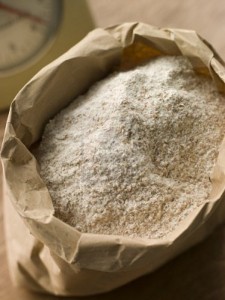
(source: Sapori e ricette)
How should the savarin be soaked and filled?
I think the easiest thing to do is to let a big savarin soak in the mould it was baked in (depending on the size 5-15 minutes). If you have small individual savarins and babas, just leave them soaking in a pot (around 2 minutes per side). In both cases, the syrup must not be hot but at room temperature (or slightly warm).
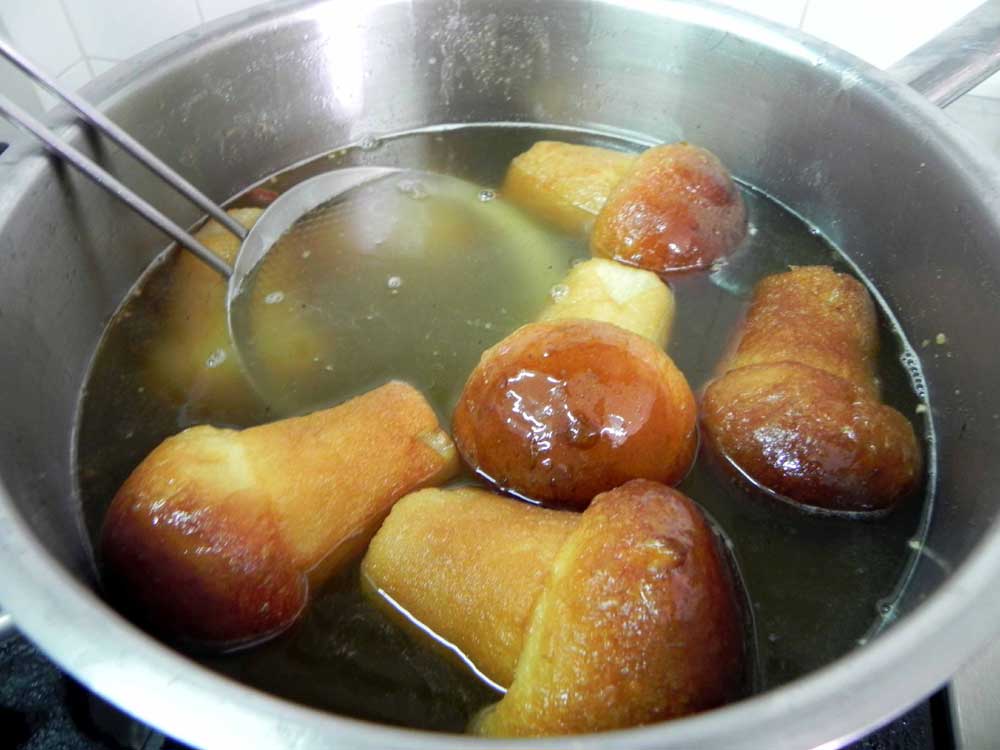
(source: Italian Notebook)
The good thing is that the syrup can be flavoured with virtually anything. Rum is perfect for this purpose and respects the tradition, but why not trying limoncello, or just an alcohol-free orange juice? (FYI, I tried Vodka and it was not that good)
Usually savarins and babas are not cut in two to be filled. They are glazed with apricot jam and then the flavour of the syrup is complemented with a cream on top of it (or inside the hole in the middle, if any) or fresh fruits.
You can use pastry cream, chantilly or a mix of both (the so-called diplomat cream). The flavour, once again, is up to your fantasy!
